The wonders of travel
Julie and I often shake our head in wonder about how travel delivers amazing new experiences every day, usually when we least expect it. And here’s yet another day to prove this axiom – we drove through the high mountains near Santa Fe, New Mexico and unexpectedly came across the stunning Valles Caldera National Preserve. If that wasn’t enough, later in the day we learned all about the making of the first atomic bomb when we visited the ‘Secret City’ of Los Alamos.
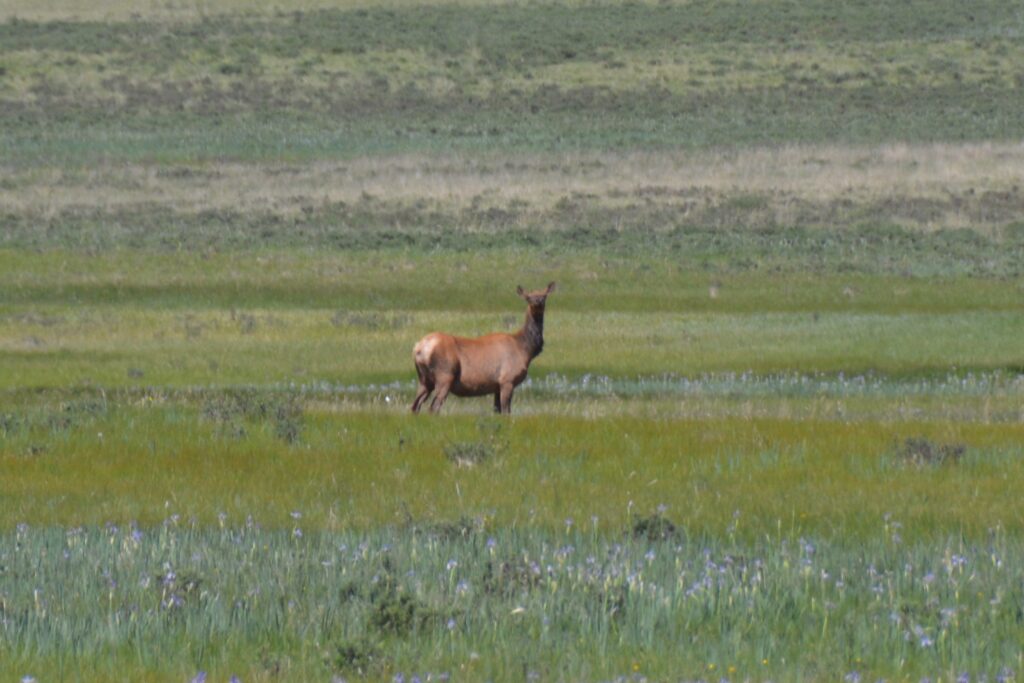
The Valles Caldera National Preserve protects a huge high-altitude caldera, a circular 14 miles across from rim to rim, one of a few in the area after massive volcanic activity eons ago. We drove up and over the lip of the caldera and across the huge grassy meadow of it’s shallow floor, tracking herds of elk on both sides of the road. This was a place of supreme mountain beauty with walking tracks crisscrossing the mountains and many enthusiasts taking advantage of perfect Sunday weather.
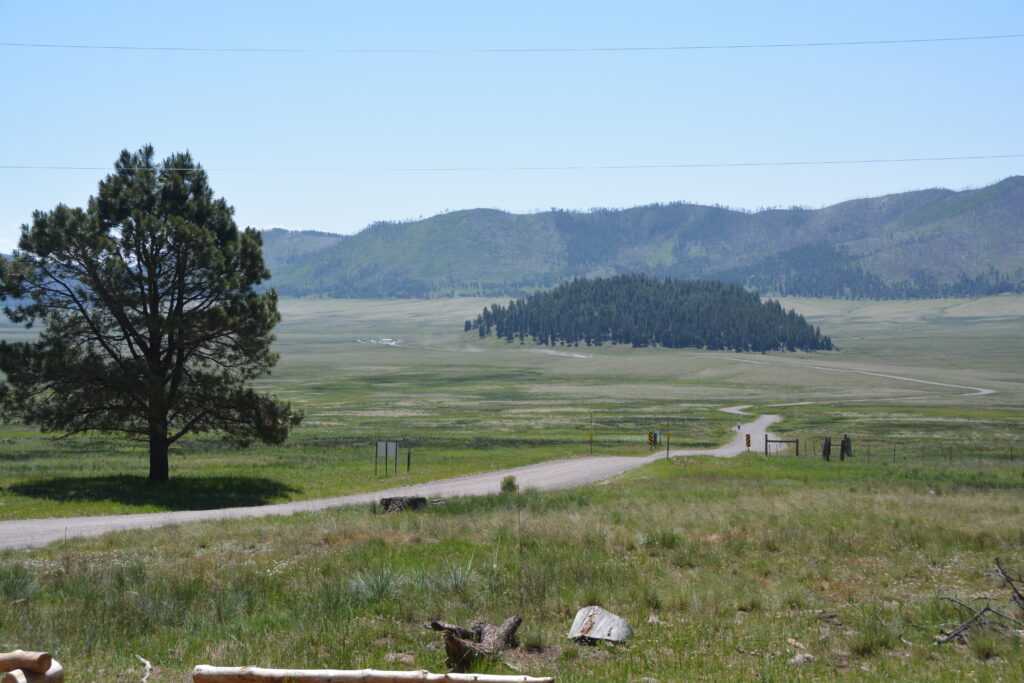
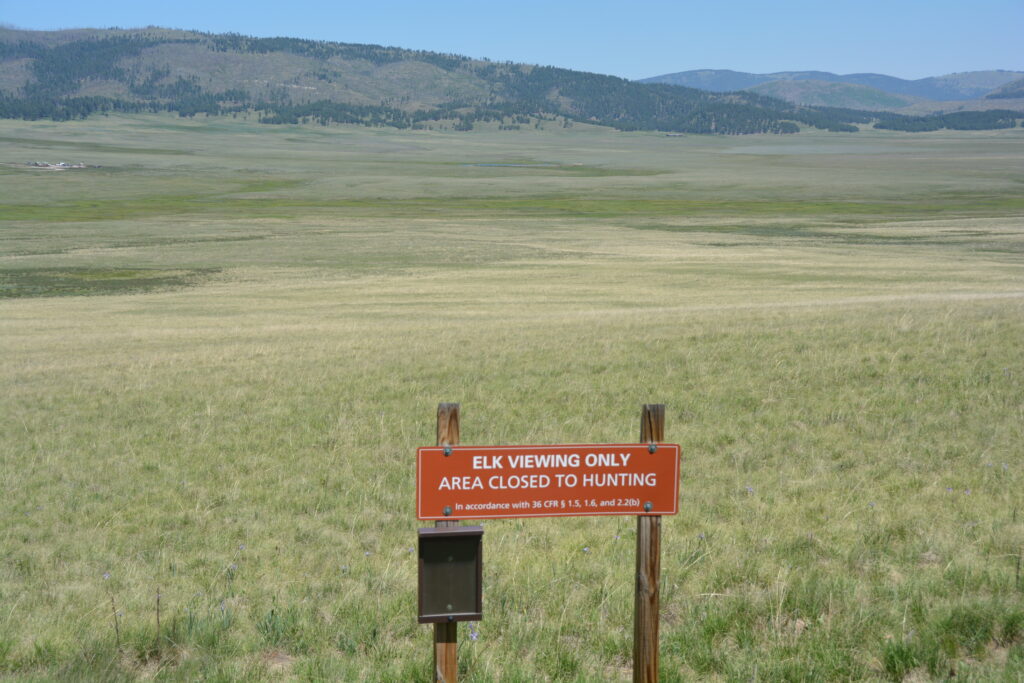
We entered the town of Los Alamos in an unusual way – through a security checkpoint, photo ID and numerous instructions of what we could and could not do. What’s going on? The answer is baked in history of this town which one of the secret locations for the American government to build the first atomic bomb which in turn was the catalyst for ending World War II.
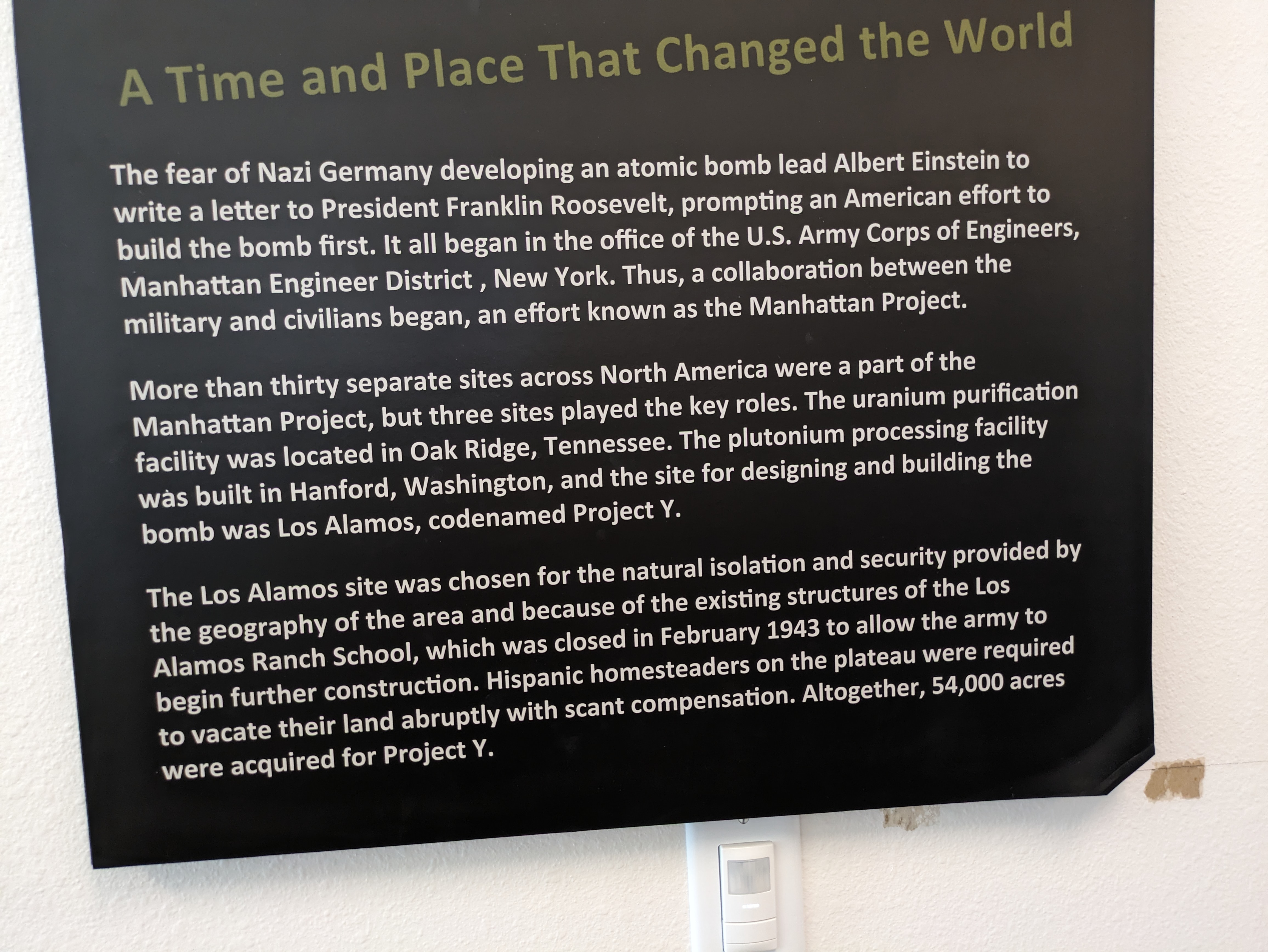
The town still features very extensive and top secret research and development facilities for the government and private enterprise so they don’t want Tramp or anyone else wandering around where they shouldn’t be. Luckily we were very focused on a few admin issues such as food, fuel, water and showers but we did visit the Los Alamos National Historic Site and watch the excellent video explaining how they amazingly built the bomb in such a short time. And we smiled at some of the road names in town like Oppenheimer Drive and Bikini Atoll Avenue.

We camped that night at an overlook site, dramatically high above Santa Cruz Lake on BLM land, not far from Los Alamos but definitely back in the desert scene, the lake sparkling blue in high 30’sC/high 90’sF weather.
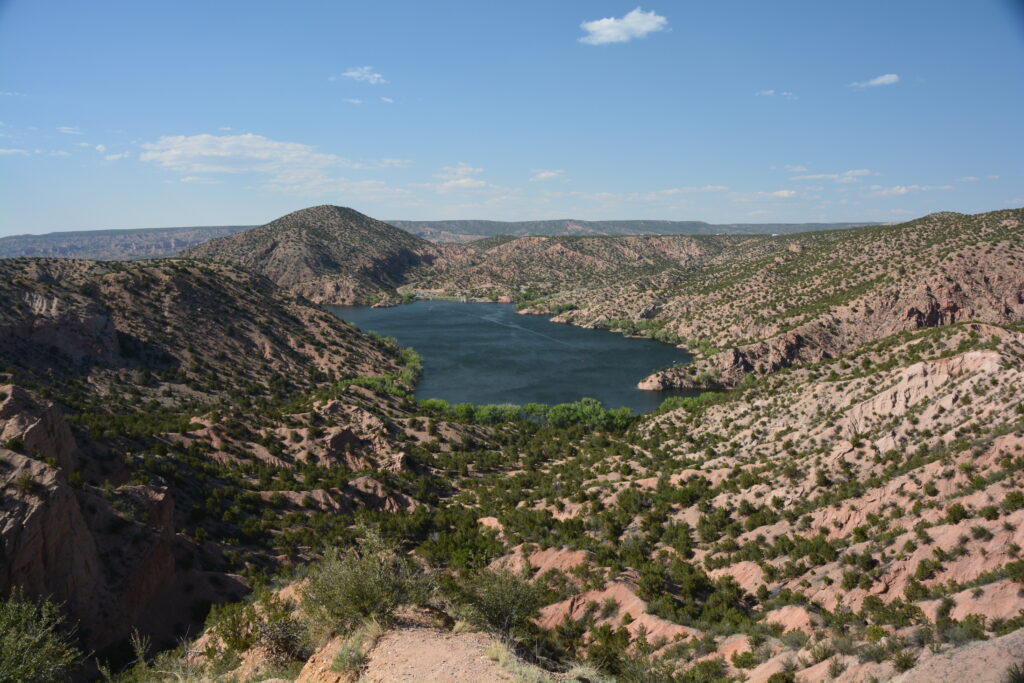
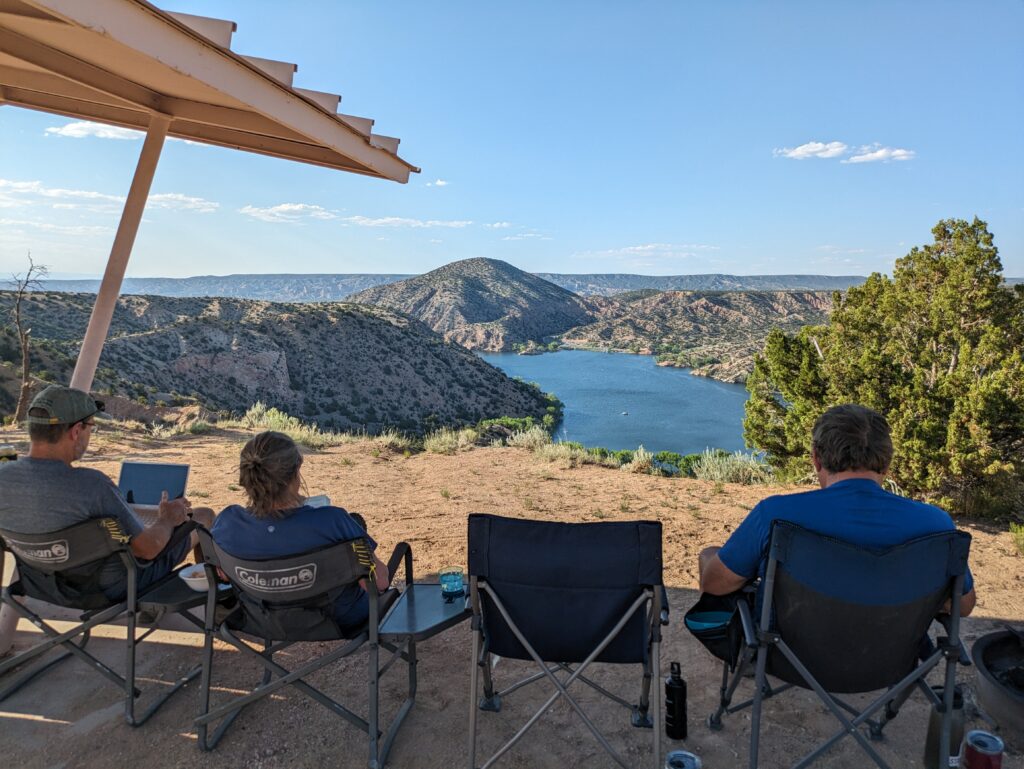
The next day we followed a hilly and winding road through various Native American communities called the ‘the high road to Taos’ and stopped at Pueblo Taos, one of the oldest continuously inhabited communities in America, with an intention to wander amongst its shops and buy lunch. Pueblo Taos also marked a unique milestone because Tramp had been there in 2017 at the start of our Follow the Sun journey.
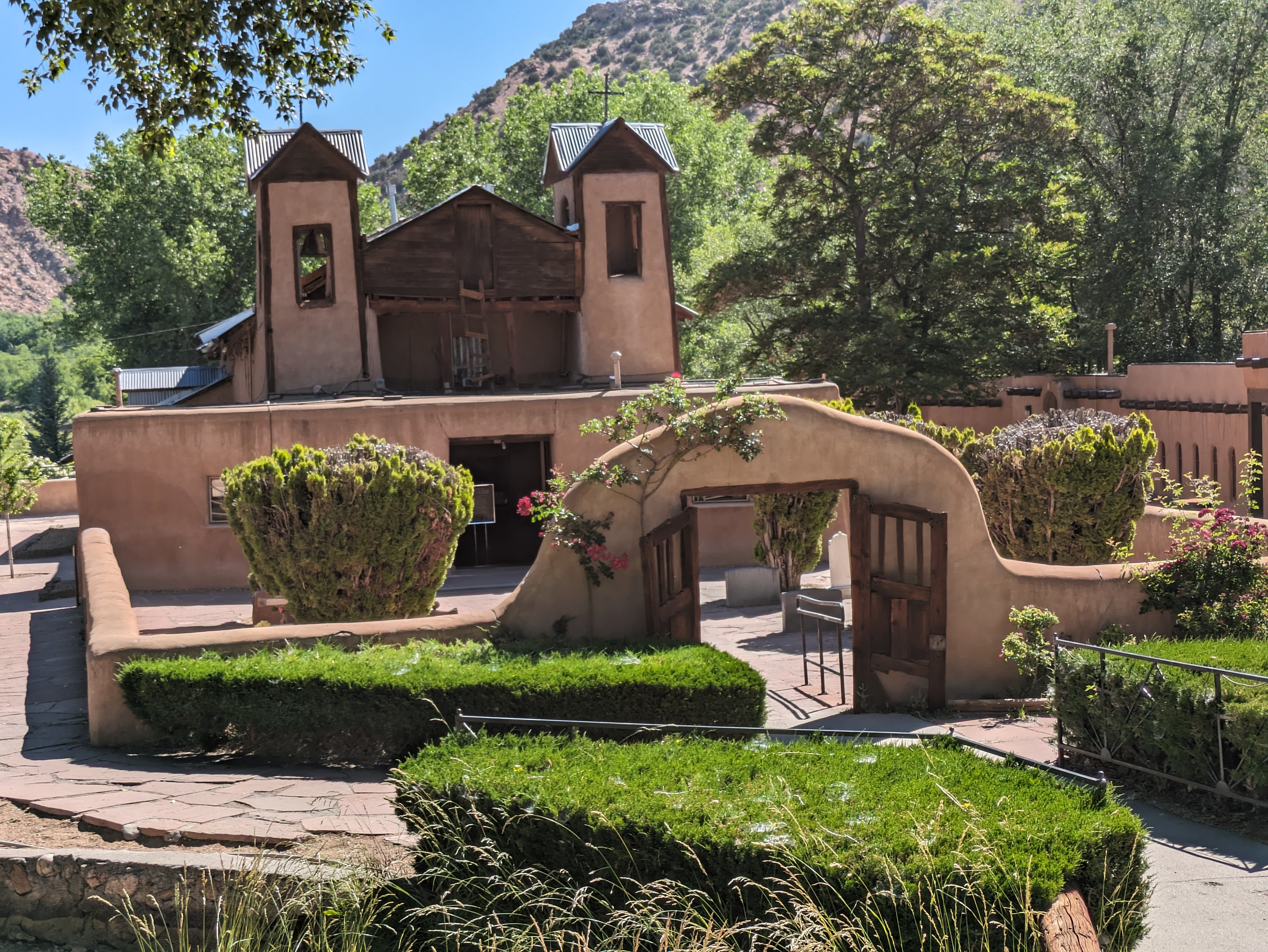
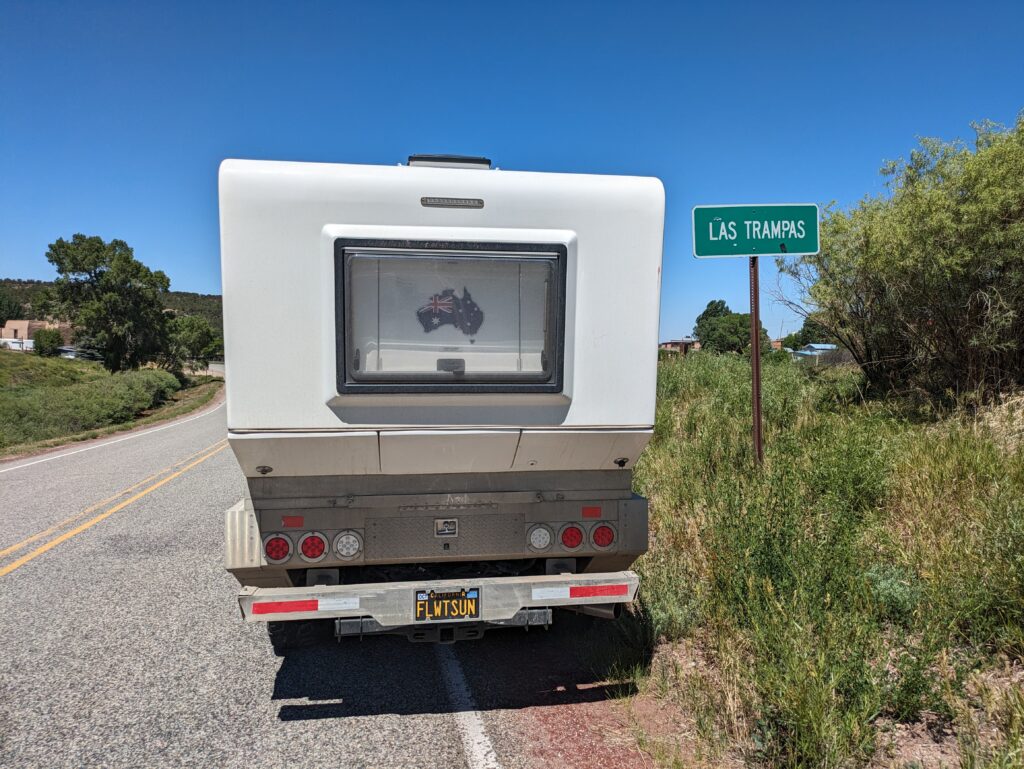
Unfortunately, since that time they have significantly increased the cost of entering Pueblo Taos, now charging $25 per person. That was definitely a buzz kill for us and we decided to move on. We headed out to the spectacular Rio Grande Gorge Bridge, a stunning steel structure built in the 1960’s spanning the wide and deep gorge.
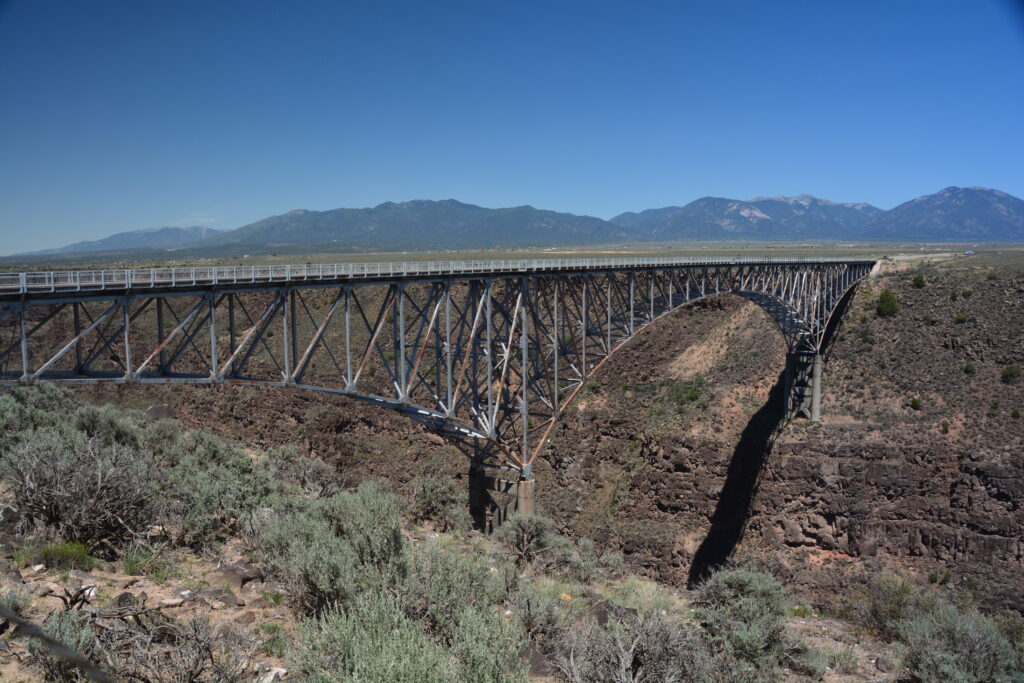
The bridge is 650 feet above the river and is the second highest bridge in the American highway system. It must have been quite a site for the first Europeans travelling across this endless flat desert to come to this gorge, forged by the river after volcanos deposited deep lava up to three million years ago.
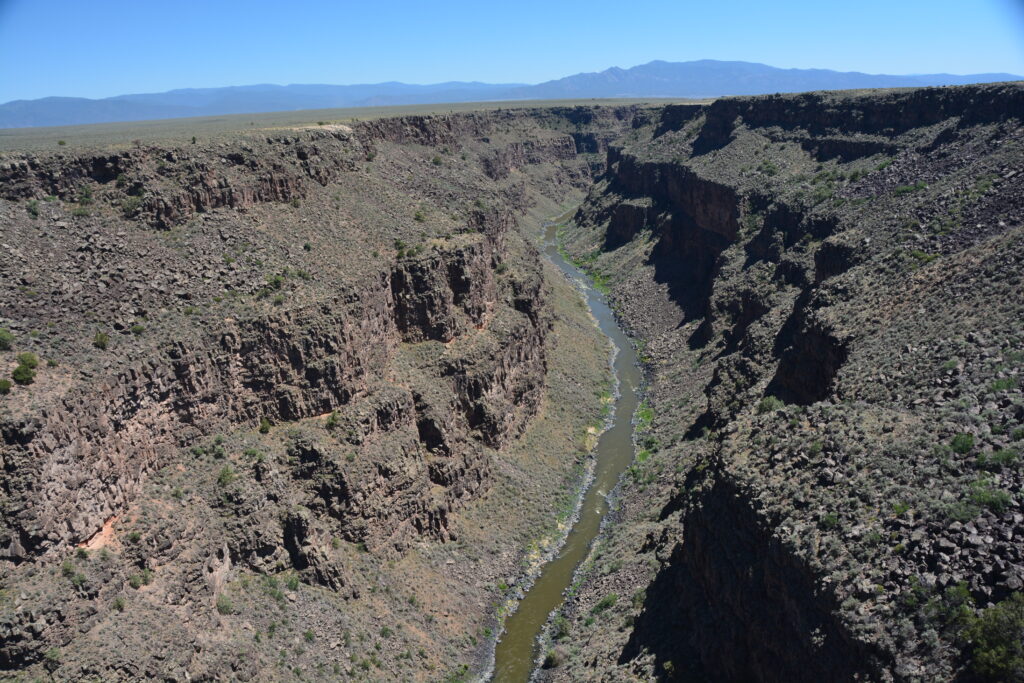
Northward again, following the Rio Gorge along it’s eastern side, we ventured into Rio Grande del Norte National Monument which protects this rugged high mountain desert region and in particular the confluence of the two long deep gorges carved out by Red River and Rio Grande.
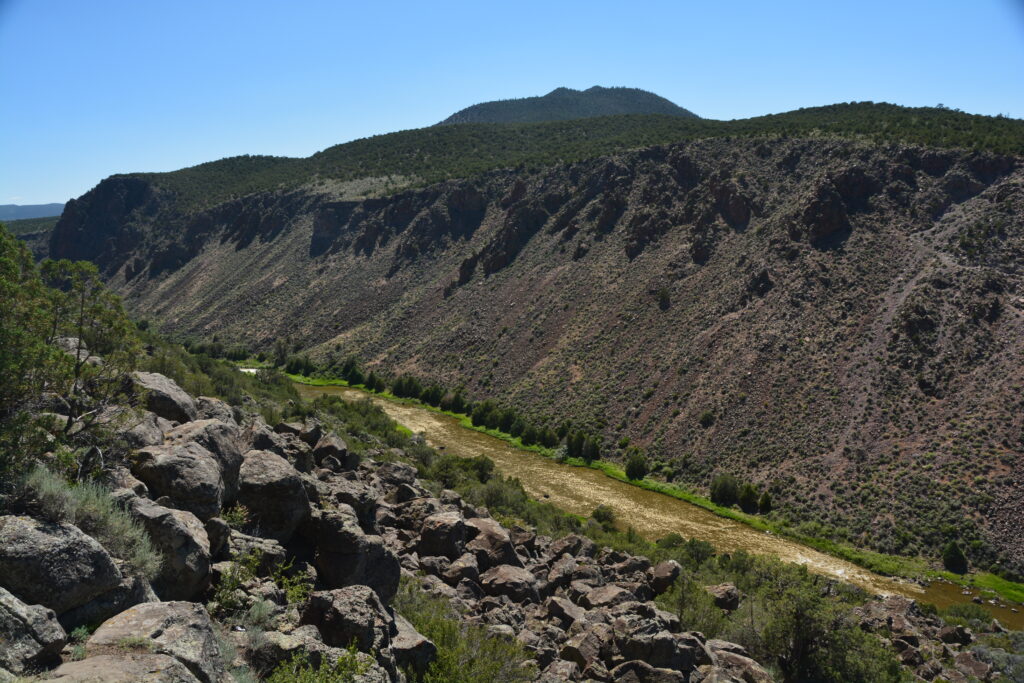
Walking out to the point and seeing that dramatic geographic and geologic moment where the two rivers meet way below us was very cool. At the point of confluence the gorge is about three-quarters of a mile (more than one kilometre) wide and 800 feet deep. One heck of a sight. We camped in the campground nearby, sheltering as best we could from the melting heat and blast furnace wind. Ah yes, the wonders of travel.
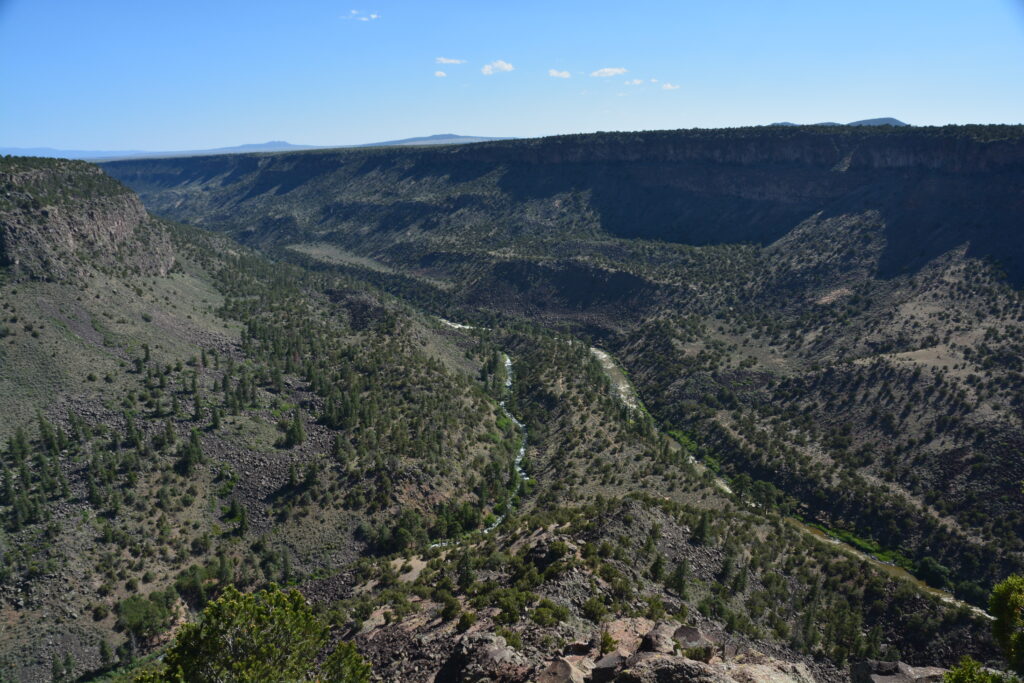
But I had a hankering for more of this place, even if I was a little mad. I woke before dawn, donned my daypack and followed a steep rough track for a 7.5 kilometre (4.6 mile) return walk down to the confluence point of these two rivers and back again. I had to leave early to avoid the searing heat and my three hour walk got me back to camp just before the sun rose high enough to bake the entire trail.
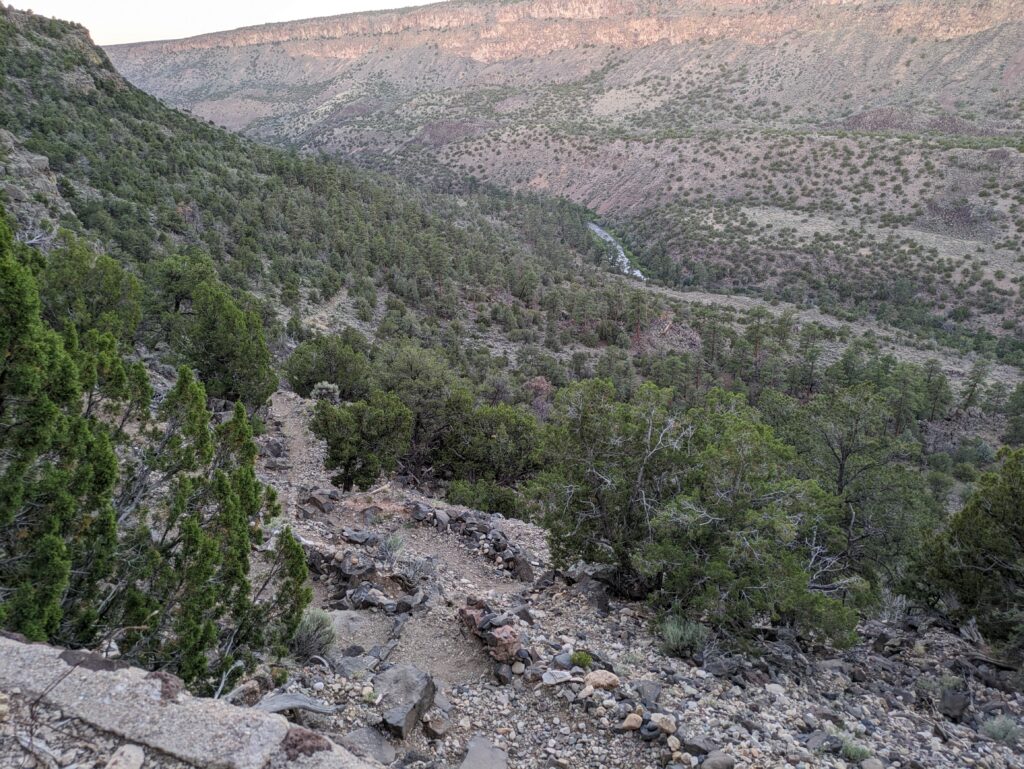
This was an epic hike, down a steep track in poor condition, back and forth through many switchbacks until I reached the relative flatness of the extended shoreline of the mighty Rio Grande. From there I travelled downstream, occasionally going up and over bluffs or rocky corners of the fast-moving river.
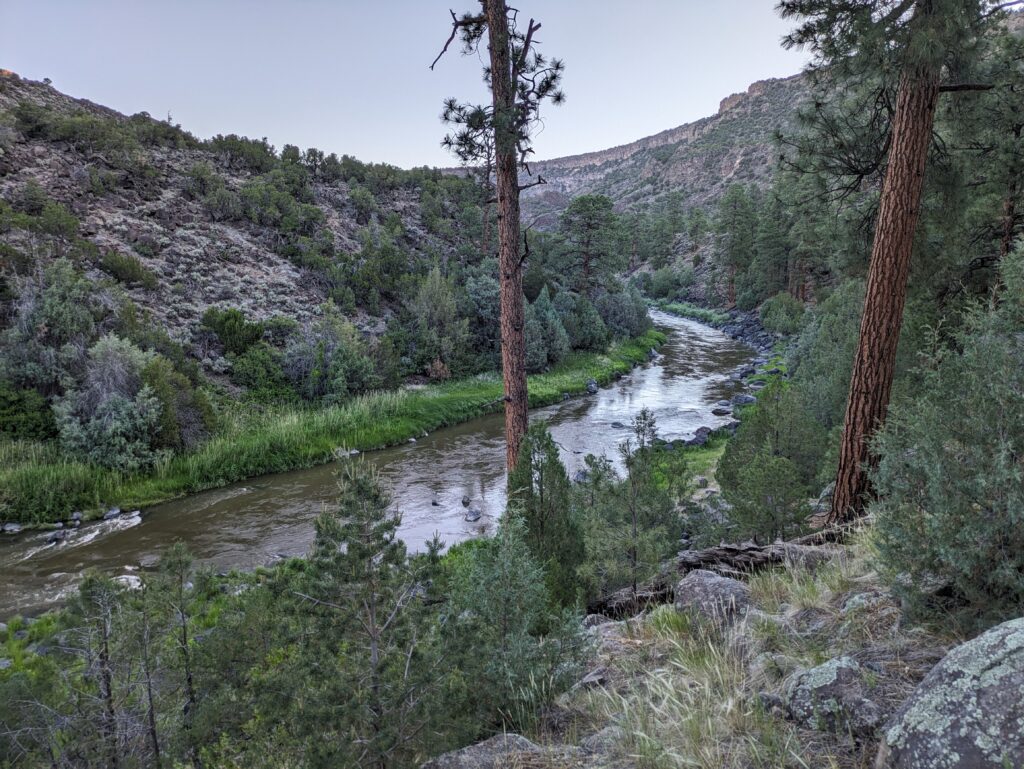
But eventually I made it to the exact confluence of these two rivers, the much smaller Red River cascading through the deep gorge it has forged and the fast and intimidating Rio Grande. I sat on a large basalt boulder and had my breakfast after splashing my face with the cold water from the Rio Grande. The entire vertical drop of my walk was almost 1,000 feet (300 metres) and certainly made for a challenge on the way back to the top as I raced the oncoming morning sunlight from hitting my side of the gorge.
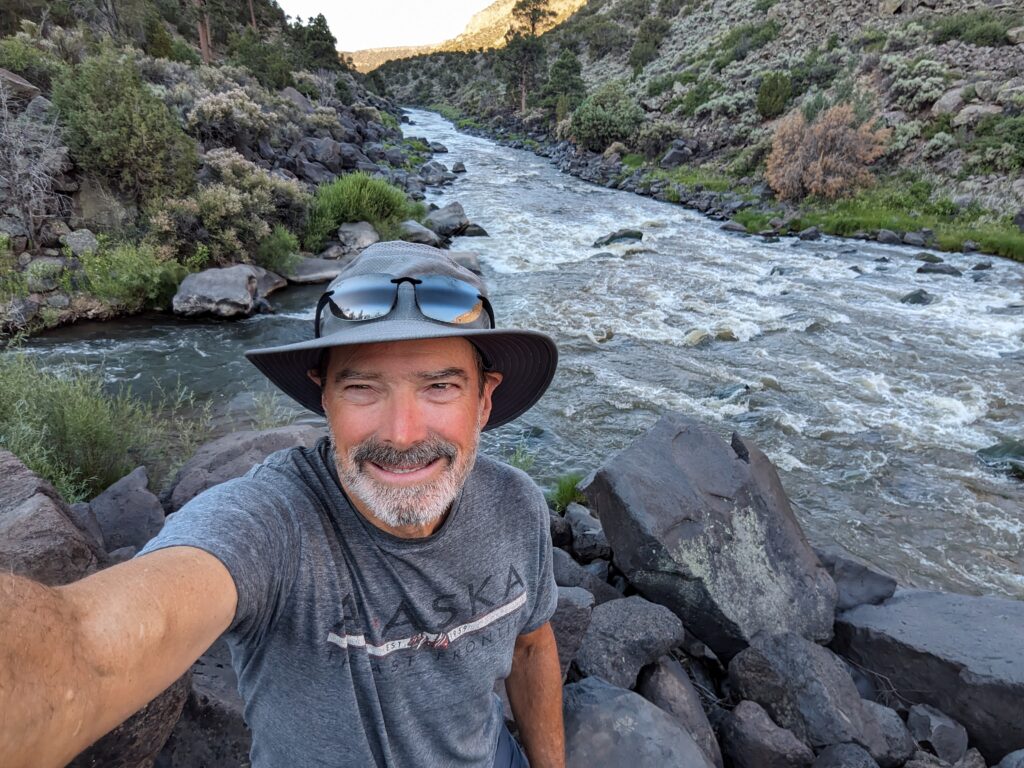
That late morning we travelled north, finally crossing out of New Mexico after ten wonderful nights in this secret travelling wonderland.
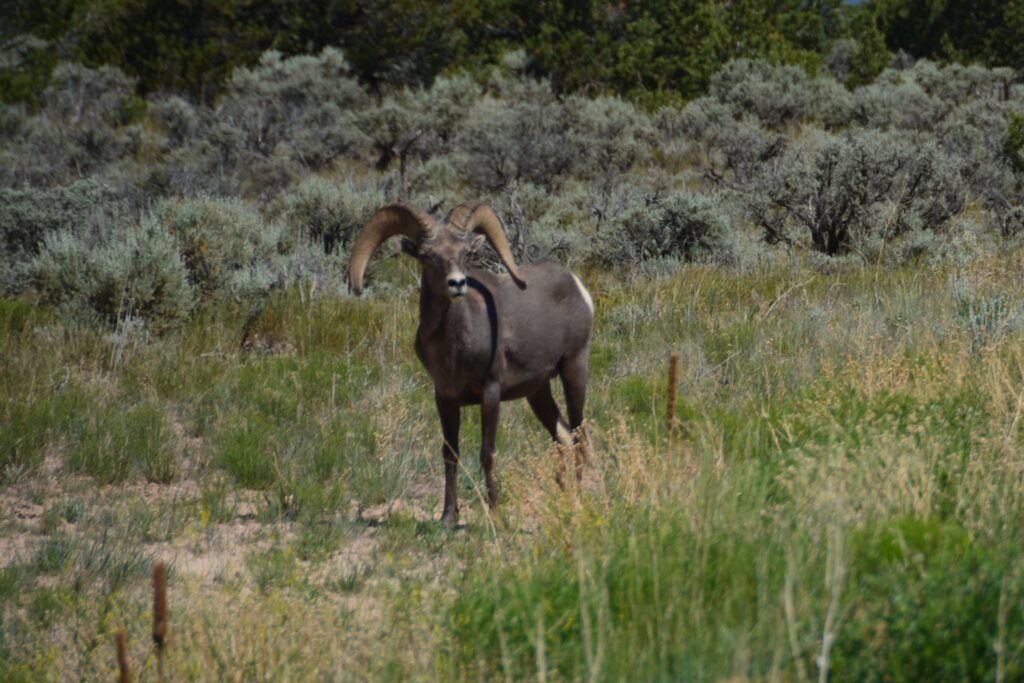
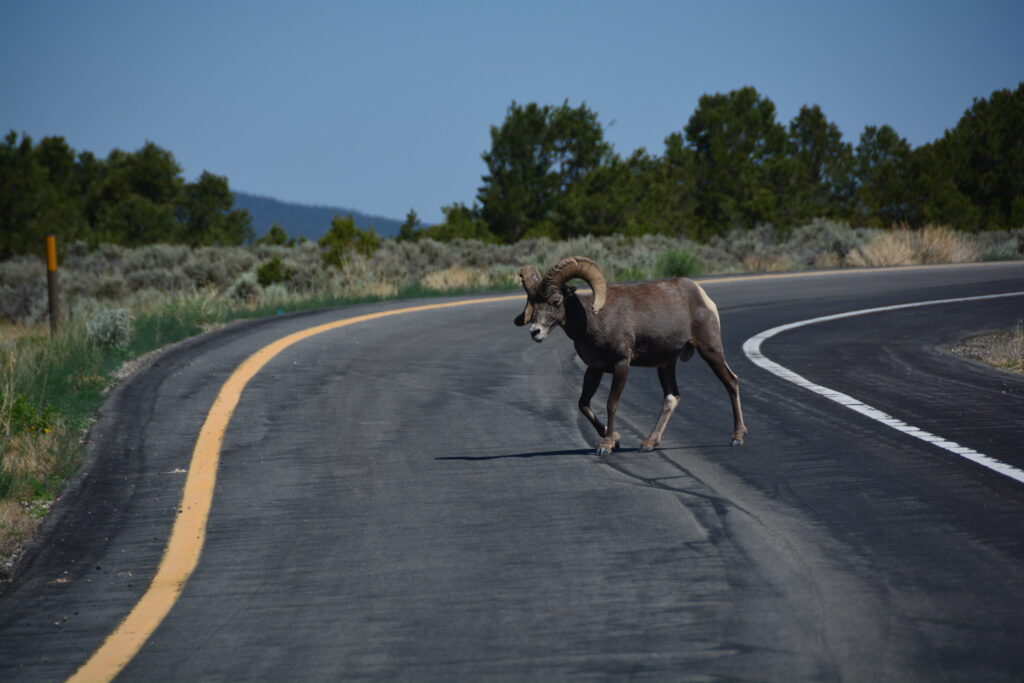
We entered Colorado, spiritual home of the Rocky Mountains, and headed into the mountains, roughly following the ancient trading route called the Spanish Trail. We crossed over the Wolf Creek Pass, the steep winding road a mighty engineering feat topping out at 10,875 feet (3,295 metres – 1,000 metres higher than Australia’s highest point).
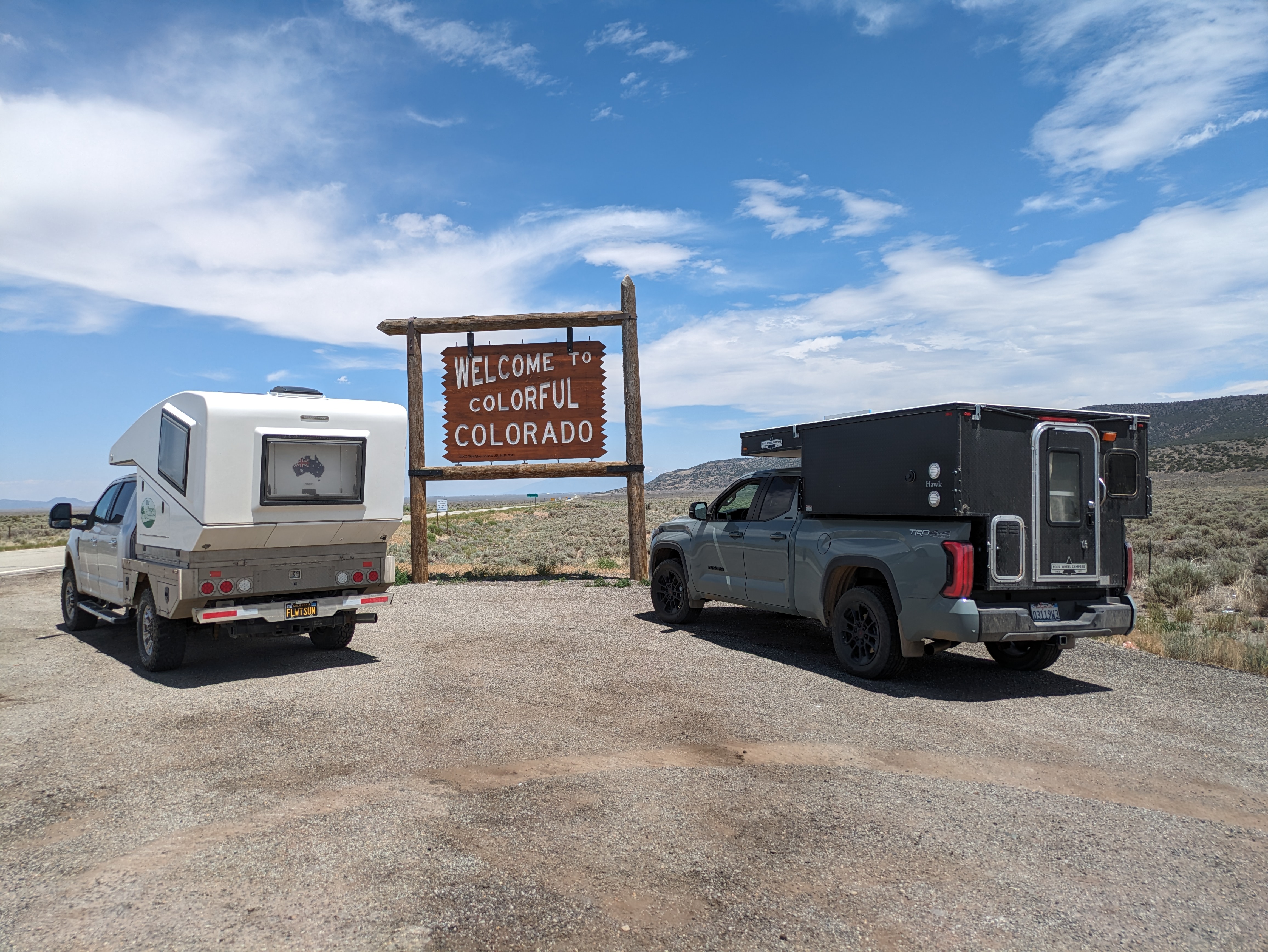
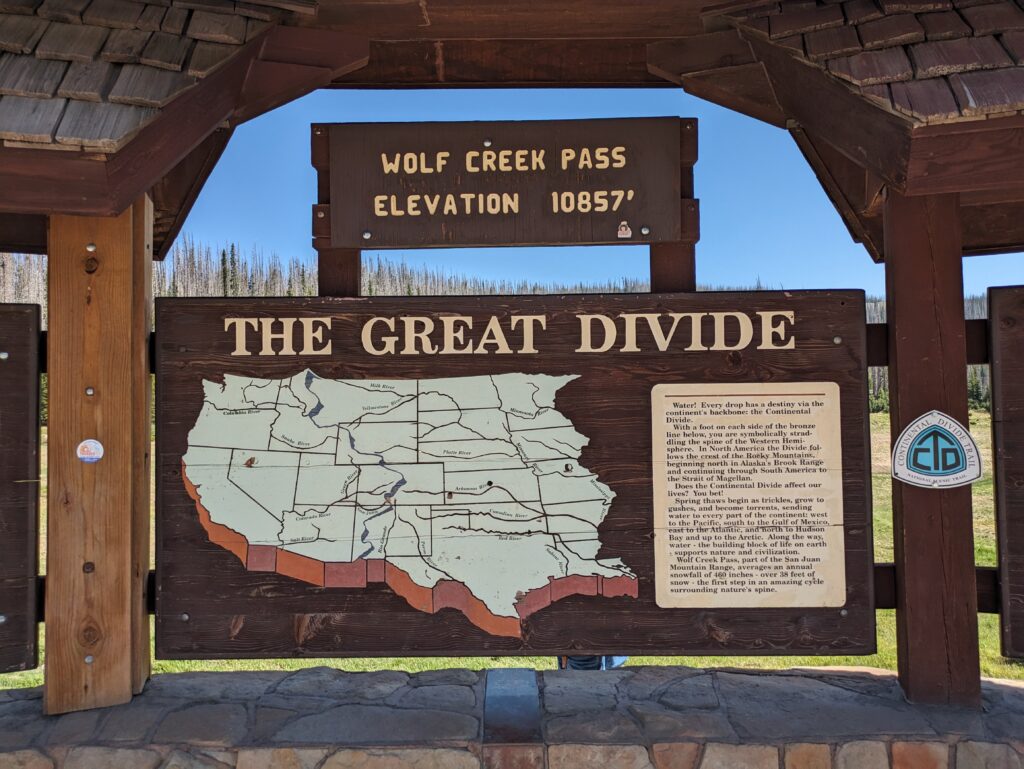
We camped that night on the West Fork of the San Juan River, a beautiful rocky stream, surrounded by tall birches. A refreshing swim in the fast-flowing river, a relaxing afternoon on it’s noisy banks and a great night around the fire made this place a perfect 10.
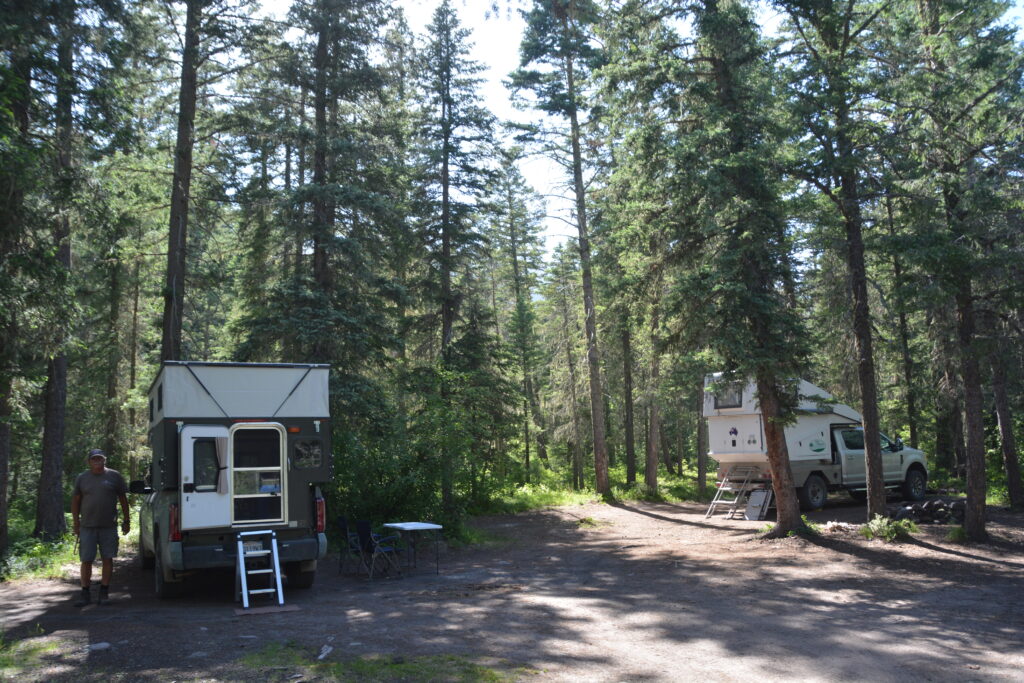
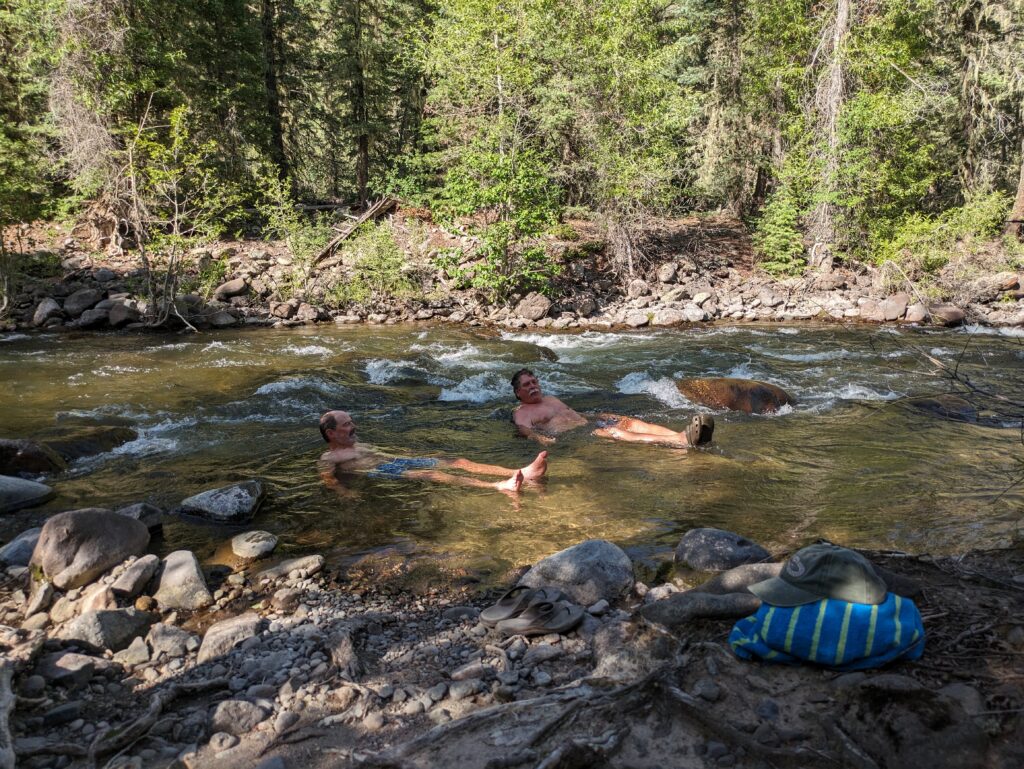
We drove into Pagosa Springs, the regional centre for southern Colorado and a popular tourist destination in it’s own rights due to it proximity to the towering Rocky Mountains nearby, it’s hot springs and year round outdoor playground opportunities.
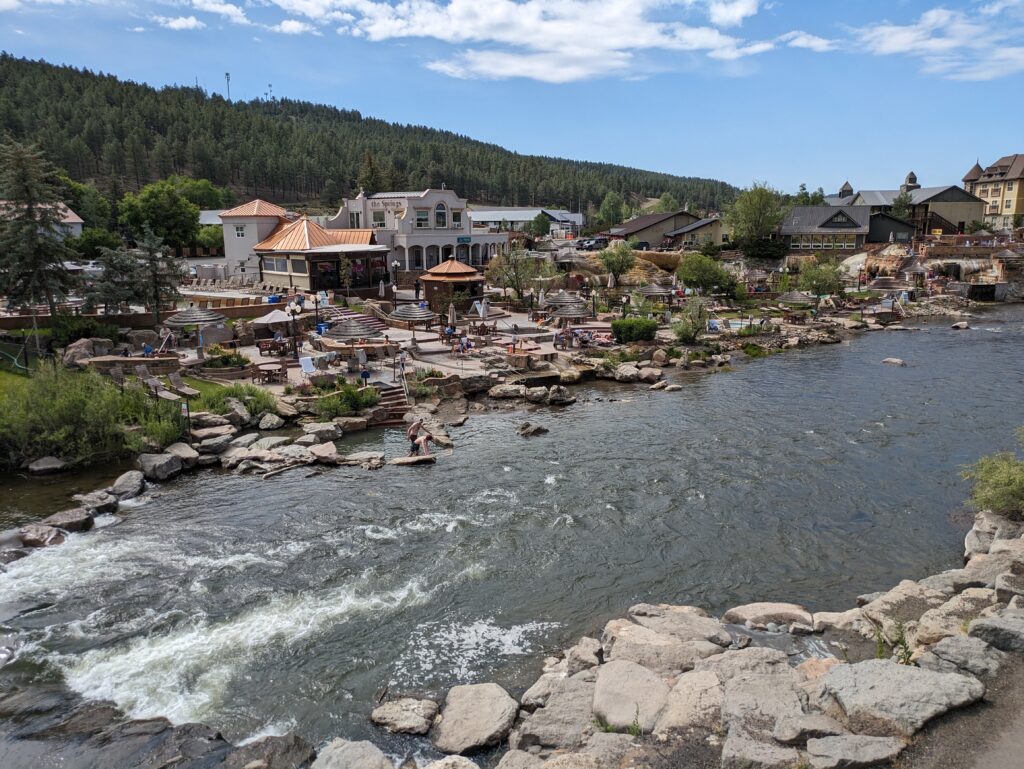
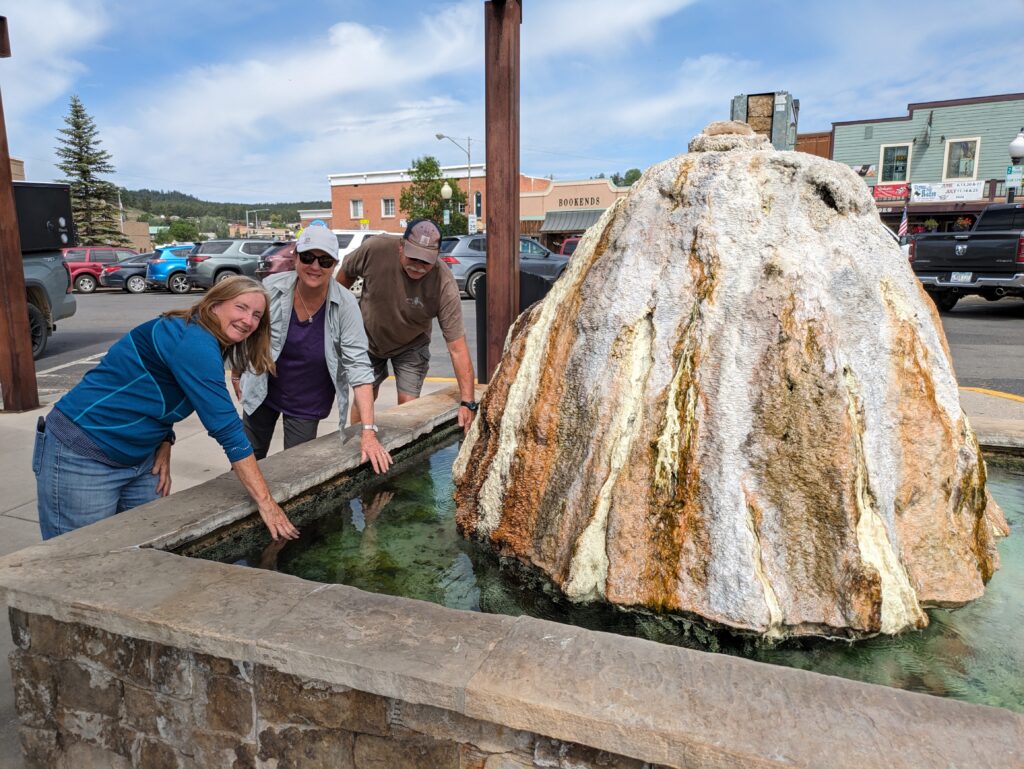
To get into these magnificent mountains it was recommended we follow the dirt Forest Service roads and take a short walk up to Piedra Falls. This was a great outing, through some gorgeous green countryside with the huge mountains as a backdrop, then a great little walk to an impressive waterfall crashing through an opening in the volcanic lava.
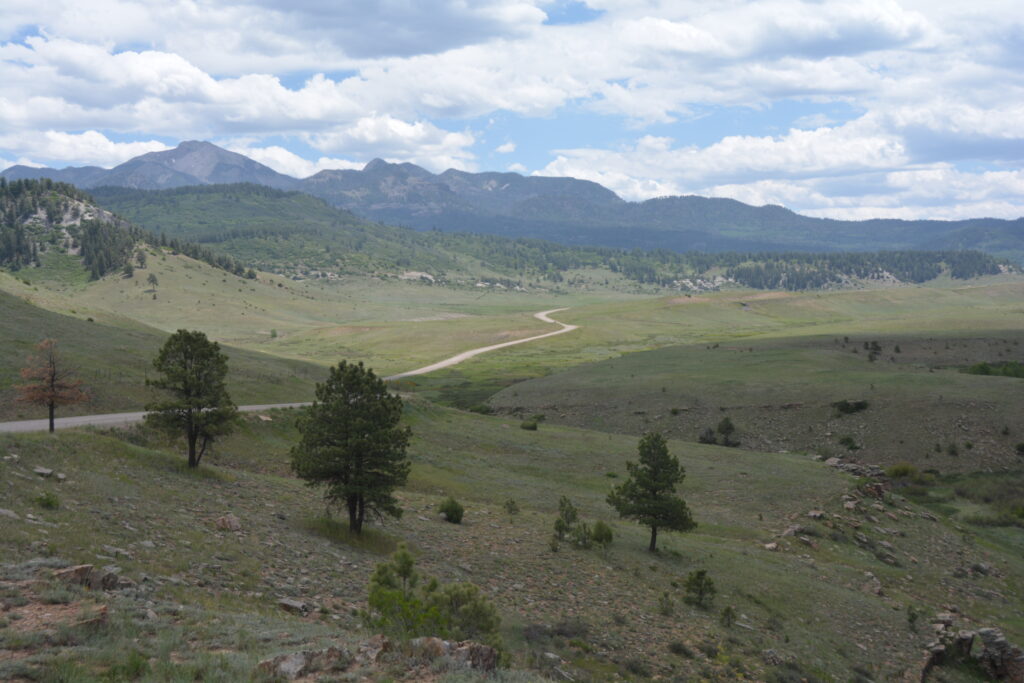
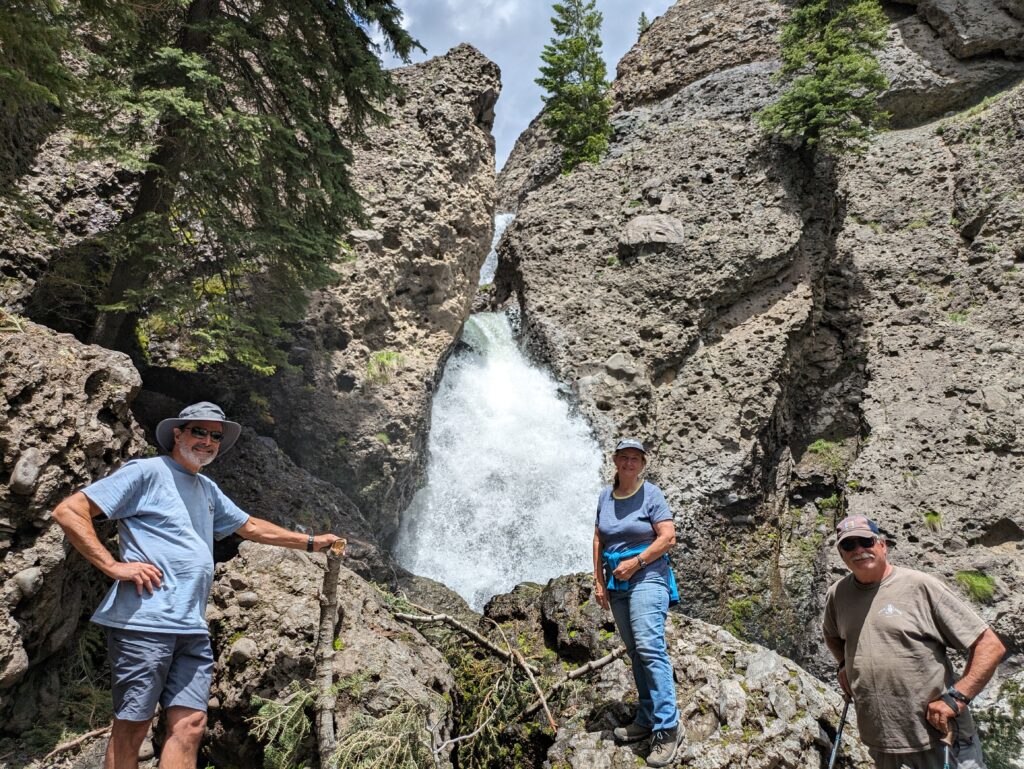
We travelled further up the mountains, past Williams Reservoir, and found a picturesque meadow amongst the birch and pine trees with filtered views of the valley far below. We were at 8,900 feet (2,700 metres) and loving our introduction to Colorado.
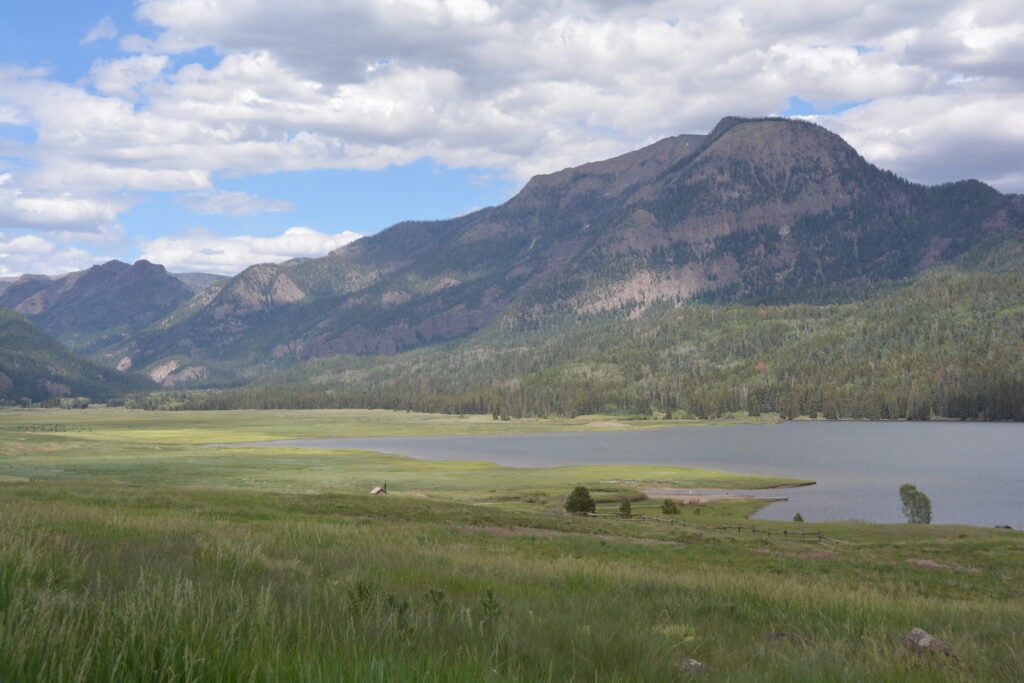
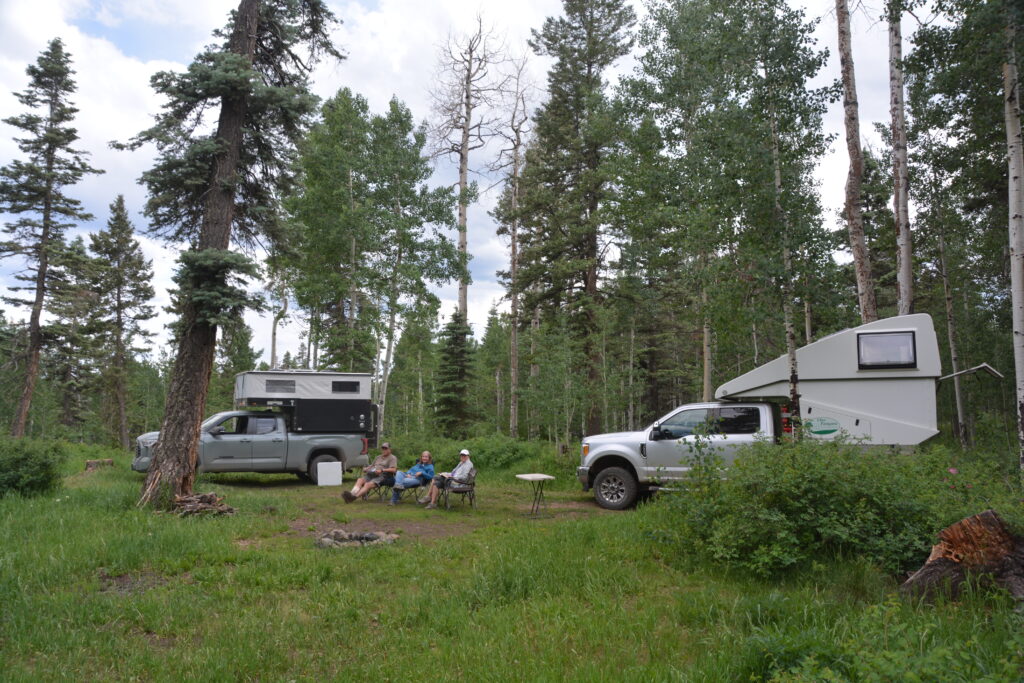
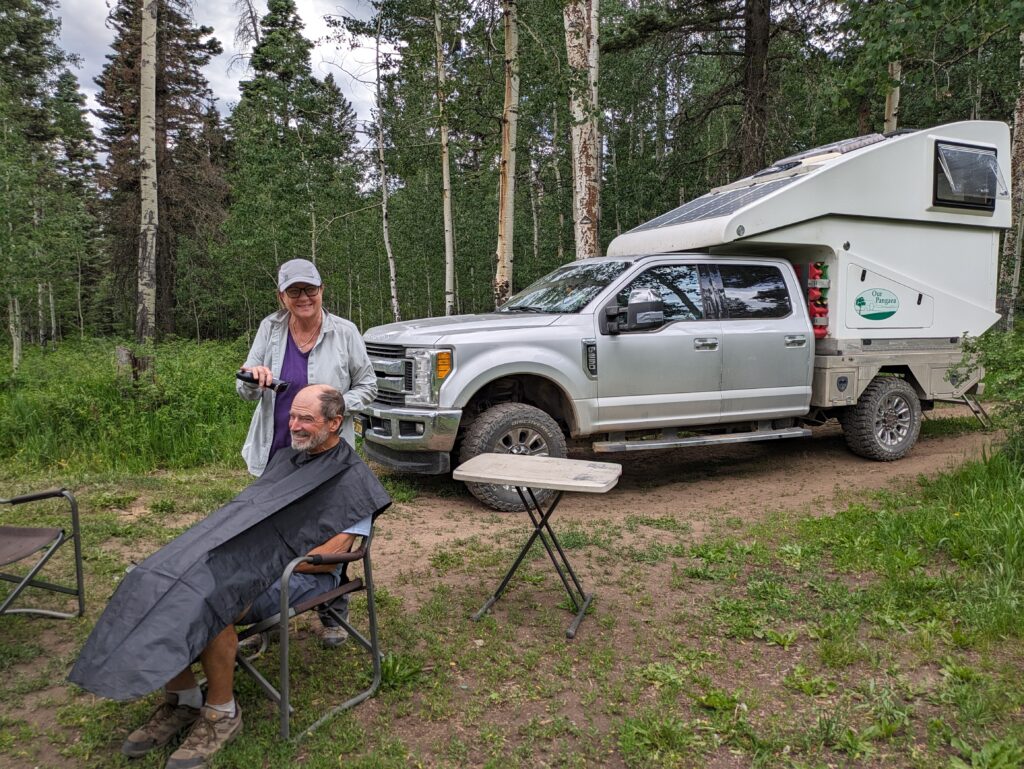

Comments
The wonders of travel — No Comments
HTML tags allowed in your comment: <a href="" title=""> <abbr title=""> <acronym title=""> <b> <blockquote cite=""> <cite> <code> <del datetime=""> <em> <i> <q cite=""> <s> <strike> <strong>